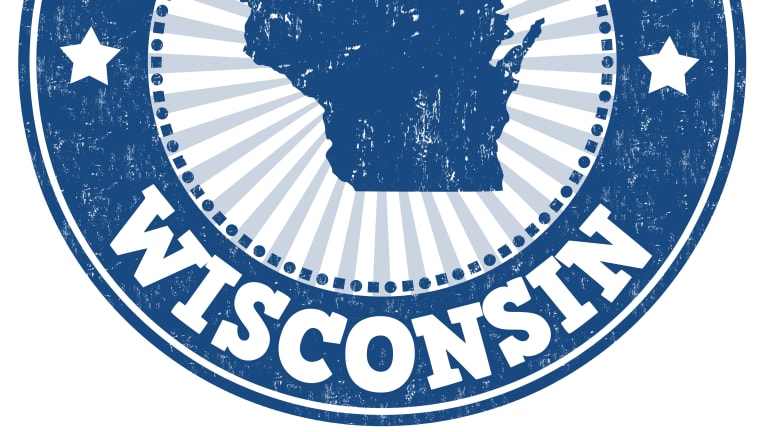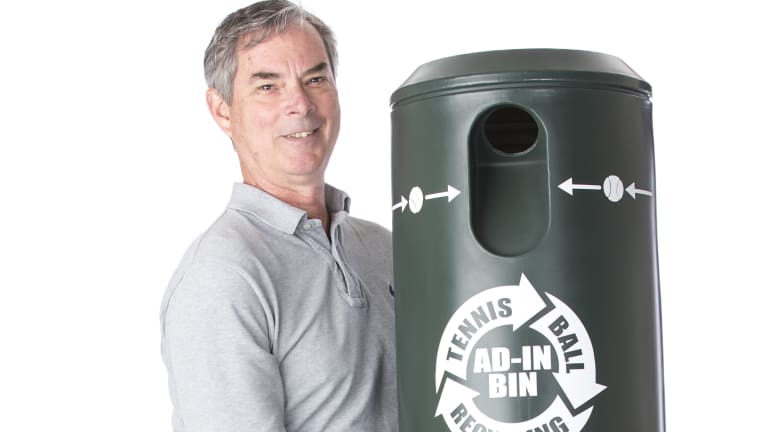It’s been more than 35 years since Ronald Reagan stated, during his first inaugural address, “Those who say that we’re in a time when there are no heroes, they just don’t know where to look.” We discovered heroes in every state, starting with the determined 69-year-old who won a match at an ITF Pro Circuit event earlier this year in the Alabama town of Pelham, and culminating with the coach who has overcome multiple sclerosis to build a winning program at the University of Wyoming. Their compelling stories of courage, perseverance and achievement demonstrate that the message delivered by our 40th President rings as true today as it did then.
“Hey, what can I do with these? I don’t want to throw them away.”
It was a question, and a lament, that Bill Dermody heard often at The Tennis Shop, his family-owned store in Madison, WI. Customers were talking about tennis balls, the indispensable cogs of the game with an all-too-brief lifespan. According to Dermody, 98 percent of tennis balls are thrown away because players simply don’t know what to do with them.
Today, Dermody has an answer to that question—recycle them. And for many communities, the process starts with the AD_IN Bin, a circular-shaped vessel Dermody financed and produced as founder of Retour Tennis.

